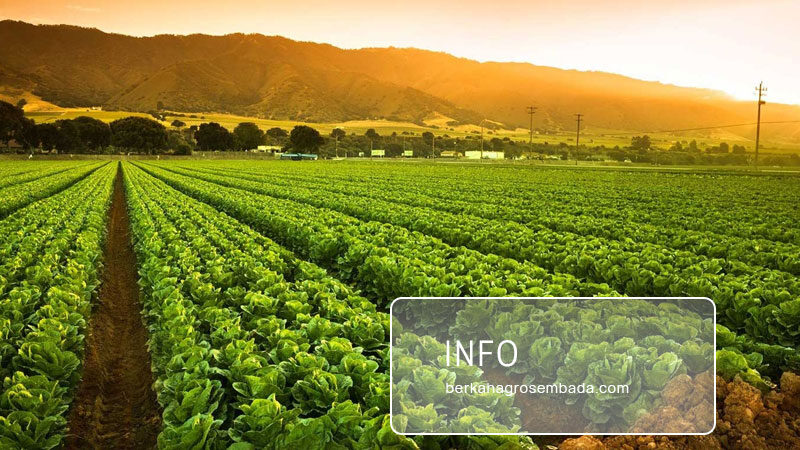How to Maintain the Quality of Agricultural Products for Export Needs
Exporting agricultural products requires a strong commitment to quality. International buyers typically demand consistency, safety, and compliance with health and trade standards. To ensure that agricultural commodities meet these expectations, proper handling and quality maintenance practices are essential from farm to shipment.
Below are several key aspects to consider in maintaining the quality of agricultural products for export.
Post-Harvest Handling
Post-harvest handling is a critical stage in the agricultural supply chain. It directly influences the freshness, safety, and shelf life of the produce. Proper harvesting time, careful sorting, cleaning, and immediate cooling or drying can prevent spoilage and microbial contamination.
Handling should be done with clean tools and surfaces to avoid damage and exposure to contaminants. The use of gloves and proper storage containers during transport to packaging facilities is also recommended.
Grading and Sorting
Grading ensures that products meet the quality specifications of importing countries. Agricultural products are typically graded based on size, color, texture, maturity, and absence of defects. This process should be done manually or using mechanical sorters depending on the product type and volume.
Sorting defective or lower-grade products early prevents contamination and improves the visual appeal and market value of the shipment.
Appropriate Packaging
Packaging serves both protective and branding functions. Export-oriented packaging must be durable enough to withstand long-distance transportation, temperature changes, and handling. For perishable products, ventilated crates or insulated boxes may be required.
Using food-grade materials and including labels with information such as product name, origin, net weight, and batch code is essential for traceability and compliance.
Controlled Storage Conditions
Maintaining suitable storage conditions is crucial, especially for temperature-sensitive products. Factors such as humidity, temperature, and air circulation should be monitored constantly.
For instance:
Fresh fruits and vegetables may require cold storage between 0°C to 10°C.
Dried spices and grains need low humidity storage to prevent mold and insect infestation.
Avoid storing different types of commodities together if they emit gases or odors that may affect other products.
Compliance with Export Standards
Each destination country has its own regulatory framework for agricultural imports. Exporters must ensure that their products comply with these standards, including pesticide residue limits, phytosanitary requirements, and certifications.
Maintaining proper documentation and certifications such as GlobalG.A.P., organic labels, or HACCP (if processed) is essential to gain entry into competitive markets.
Quality Control and Inspection
Implementing a systematic quality control (QC) process helps to detect and prevent issues before shipment. QC personnel should inspect samples from each batch to verify:
Moisture levels (for dried goods)
Maturity and ripeness (for fresh produce)
Packaging integrity
Label accuracy
Inspections may also include laboratory tests for contaminants or pathogens based on the product type and market requirements.
Training for Workers and Farmers
Maintaining export-quality standards begins with trained individuals across the supply chain. Regular training programs for farmers, sorters, packers, and logistics teams should cover:
Hygiene and sanitation practices
Handling procedures
Product standards
Awareness of export requirements
A knowledgeable workforce contributes significantly to overall product quality and operational efficiency.
Use of Technology and Traceability Systems
Digital solutions can help monitor and trace agricultural products from the source to the end market. Technologies such as QR codes, blockchain traceability, and temperature loggers provide transparency, build trust with buyers, and reduce losses due to inefficiencies.
Implementing such systems also helps in faster identification and recall in case of quality complaints.
Conclusion
Maintaining the quality of agricultural products for export involves integrated efforts in post-harvest handling, packaging, storage, compliance, and staff training. Exporters who prioritize quality assurance at every stage will enhance their competitiveness, build trust with international buyers, and open sustainable market opportunities in the global agricultural trade.





